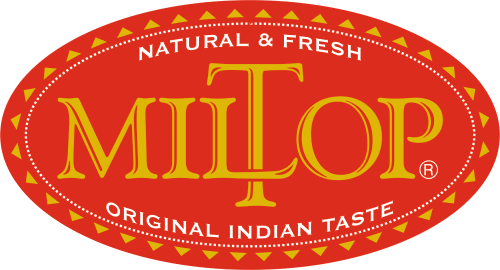Description
Finger millet also known as African millet or Ragi, is an annual plant widely grown as a cereal in the arid areas of Africa and Asia. Finger millet is originally native to the Ethiopian Highlands and was introduced into India approximately 4000 years ago. It is very adaptable to higher elevations and is grown in the Himalaya up to 2,300 metres in elevation. Finger millet is especially valuable as it contains the amino acid methionine, which is lacking in the diets of hundreds of millions of the poor who live on starchy staples such as cassava, plantain, polished rice, or maize meal. Nutritive value of Ragi per 100 g – Protein 7.3 g, Fat 1.3 g, Carbohydrate 72 g , Minerals 2.7 g , Calcium 3.44 g , Fibre 3.6 g , Energy 328 Kcal. Richest Source of Calcium.
In India, finger millet (locally called ragi) is mostly grown and consumed in Karnataka, Andhra Pradesh. Finger millet can be ground and cooked into cakes, puddings or porridge. The grain is made into a fermented drink (or beer) in many parts of Africa. The straw from finger millet is used as animal fodder. It is also used for as a flavored drink in festivals. Ragi flour is made into flatbreads, including thick, leavened dosa and thinner, unleavened roti. Ragi grain is malted and the grains are ground. This ground flour is consumed mixed with milk, boiled water or yoghurt. In Karnataka, Ragi flour is generally consumed in the form of ragi balls. In southern parts of India, pediatricians recommend finger millet based food for infants of six months and above because of its high nutritional content, especially Calcium.In Maharashtra, bhakri a type of flat bread is prepared using finger millet (ragi) flour. In Goa ragi is very popular and satva, pole (dosa), bhakri, ambil (a sour porridge) are very common preparations. In Nepal, thick dough made of millet flour is cooked and eaten with the hand. Fermented millet is used to make a beer and the mash is distilled to make a liquor In the northwest of Vietnam, finger millet is used as a medicine for women when they give birth. A minority used finger millet flour to make alcohol. It is also used in common food stuffs such as dosa, idly and laddu.


